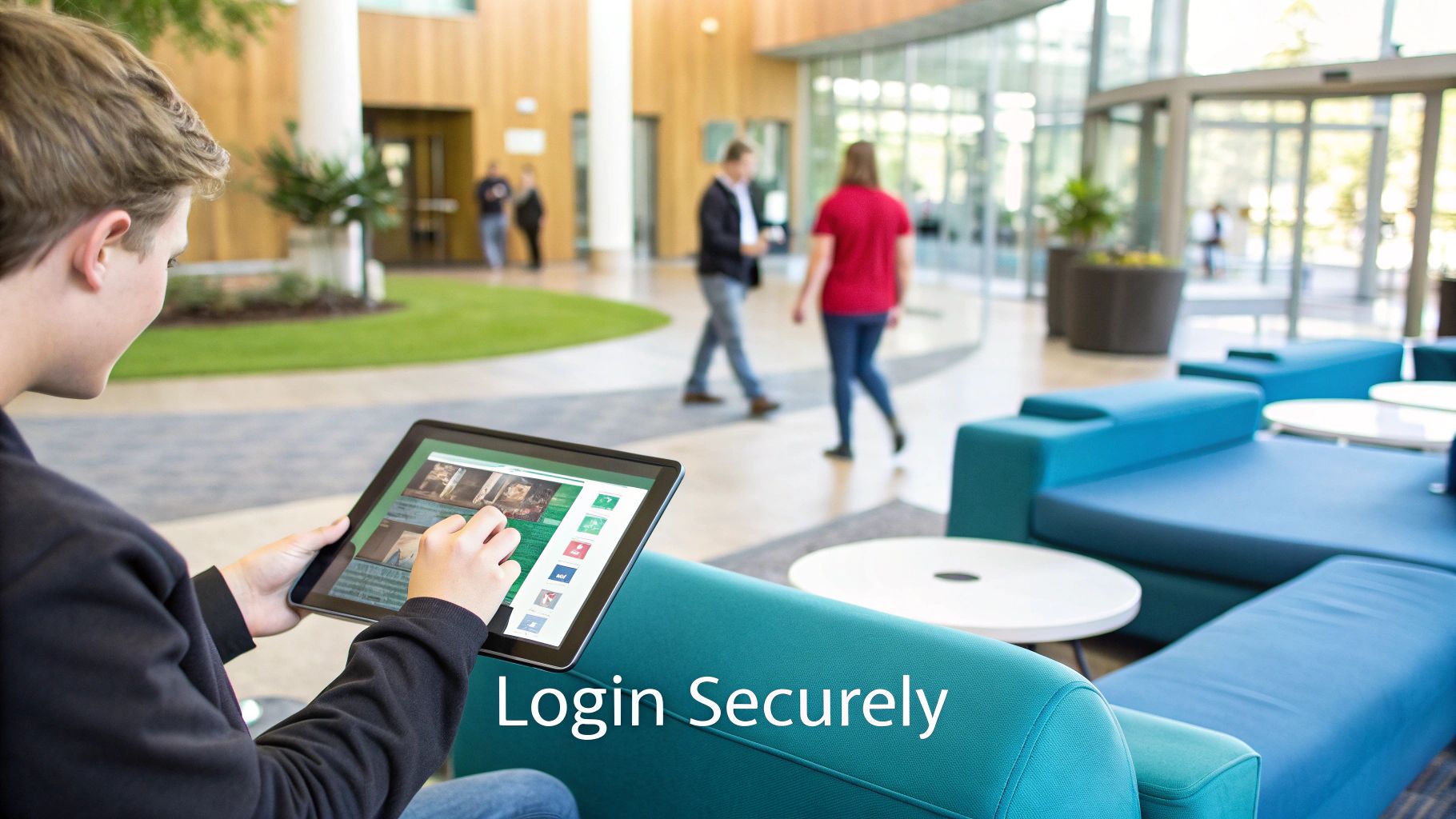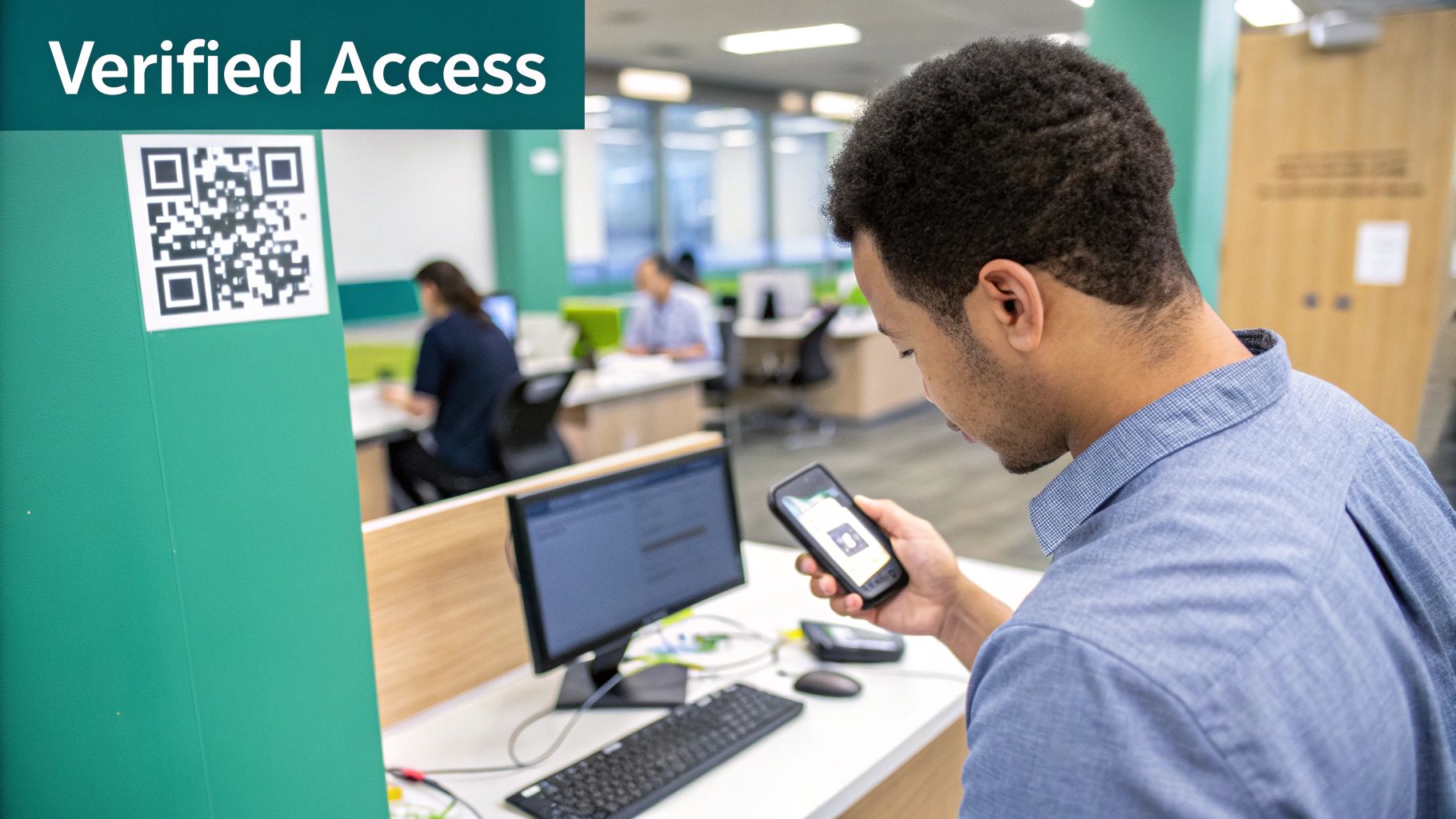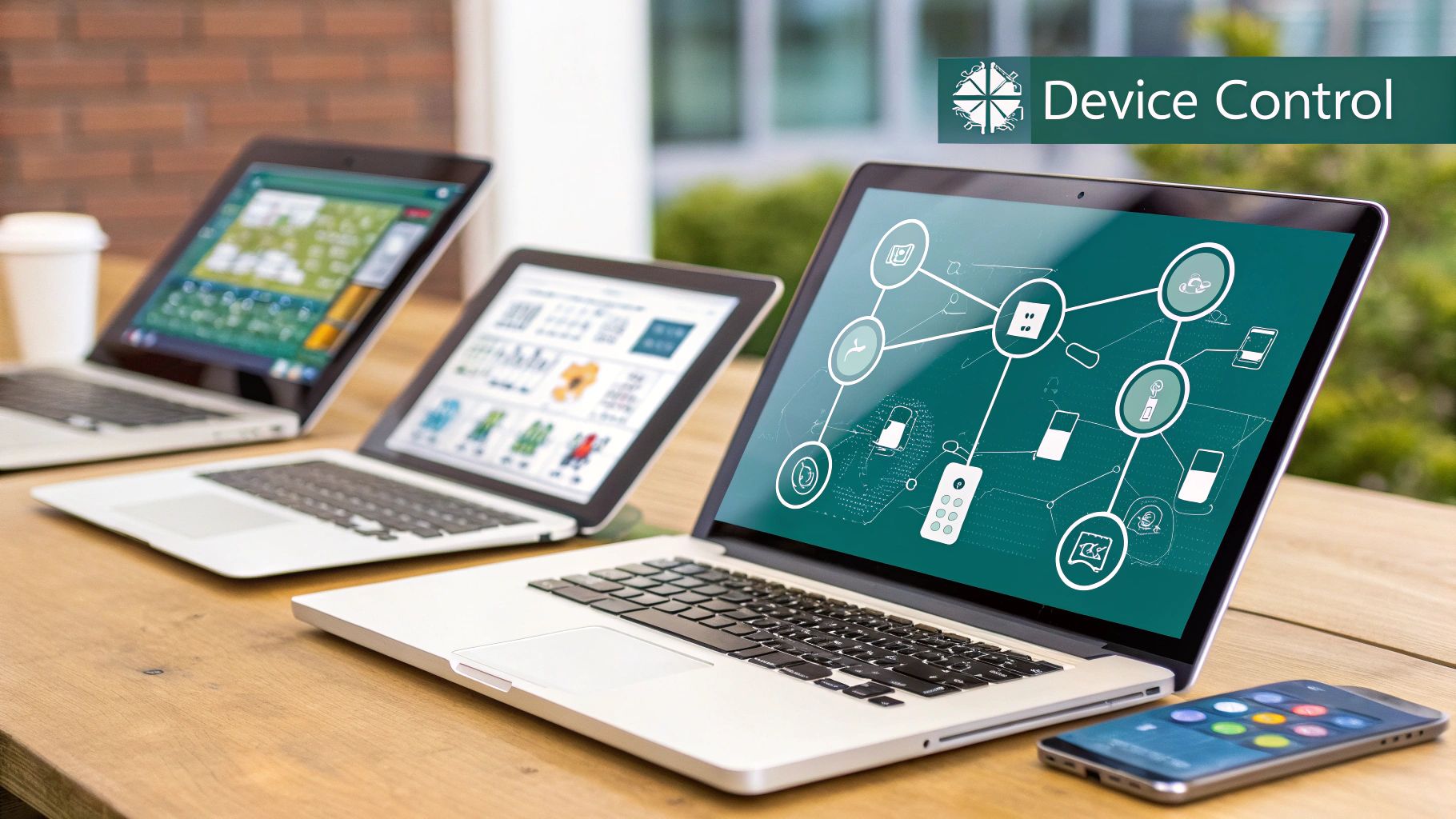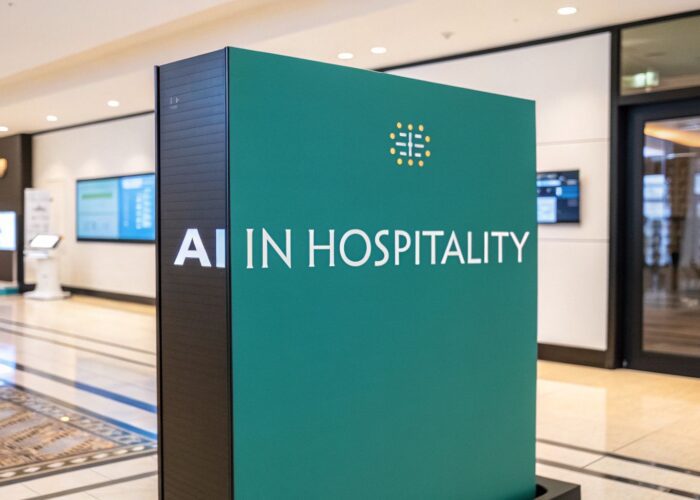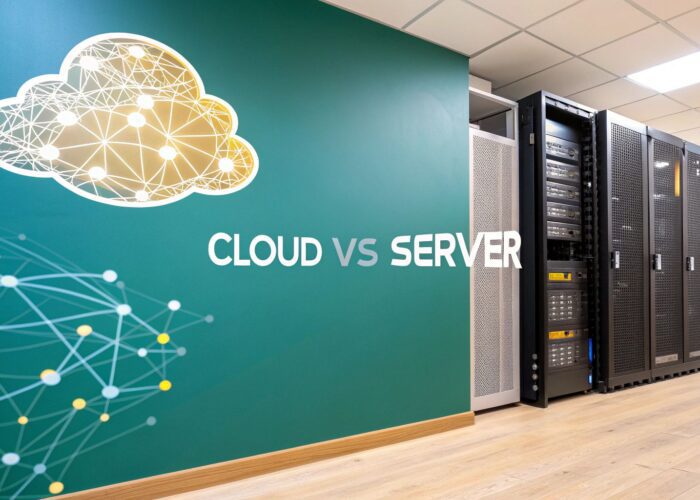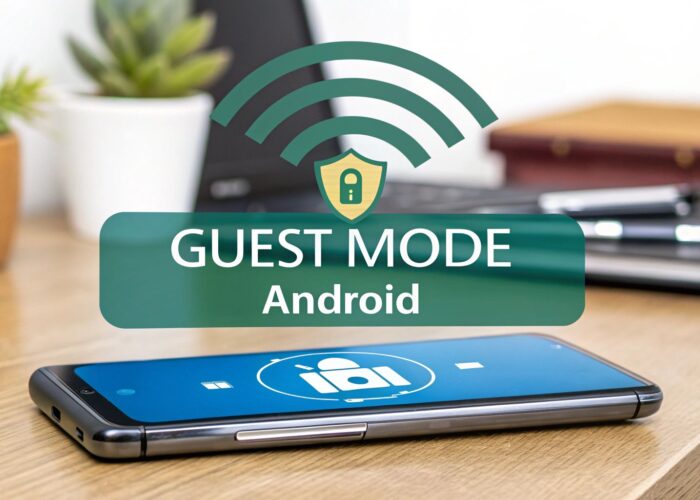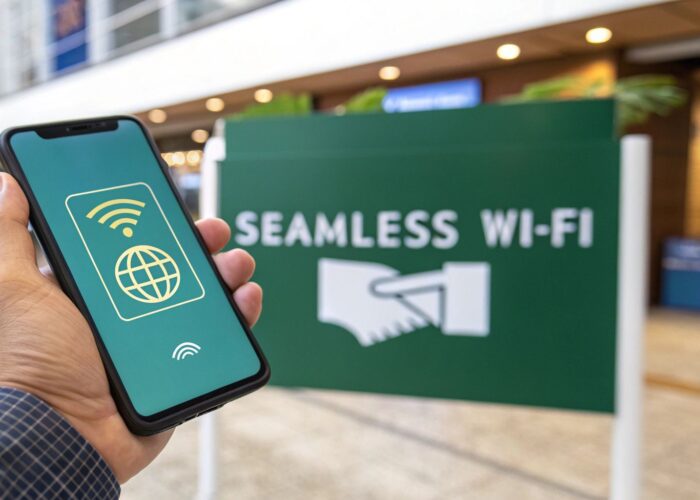Hey there! When we talk about access for education today, we're not just talking about getting into a classroom. It’s all about having a digital connection that's reliable, secure, and lightning-fast. Think of it as the new essential utility that powers modern learning, from students collaborating on research projects to faculty accessing online course materials.
Getting this digital foundation right isn't just a nice-to-have anymore. It's absolutely critical for student success and for keeping the entire institution running smoothly. Let's dive in!
The New Foundation for Modern Learning
Picture a modern campus. Learning isn't stuck inside lecture halls; it’s happening everywhere! In the library, out on the quad, in the dorm rooms—you name it. A seamless and secure digital experience is the backbone that supports it all, for students, faculty, and even campus guests.
Providing this level of access for education is how you unlock those cool collaborative projects, personalized study habits, and innovative teaching methods that separate a good institution from a great one. When students and staff can connect without a second thought, it removes a major headache from the learning process. On the flip side, a spotty connection can be a huge roadblock.
The stakes are pretty high. The World Bank estimates that disrupted schooling could cost this generation of students a staggering US$21 trillion in combined lifetime earnings. That's a powerful reminder of how critical uninterrupted access has become.
Meeting the BYOD Challenge
One of the biggest hurdles for any campus IT team is the sheer flood of personal devices—what we call the "Bring Your Own Device" or BYOD wave. Every smartphone, laptop, and tablet needs a secure and stable connection, and they all need it at the same time. This is a common challenge not just in the Education sector, but also in busy Retail and corporate BYOD environments.
This is where awesome networking solutions from leaders like Cisco Meraki really make a difference. Their gear is built from the ground up to handle the kind of high-density environments you find on every campus.
This infographic really drives home the difference between old-school Wi-Fi and a modern infrastructure.
It’s pretty clear, right? Modern systems are designed to handle way more devices with a lot less downtime, which means learning never has to stop. Of course, building a truly solid foundation also means ensuring all digital resources are available to every student, a topic covered well in The Complete Guide to Web Accessibility in Education.
Creating the Perfect Digital Welcome Mat
Let's talk about your campus Wi-Fi's first impression. It all starts with the Captive Portal—which is basically the digital welcome mat for your entire network. This is the first thing a student, faculty member, or visitor sees when they connect, guiding them through a secure and nicely branded login process.
This isn't just some generic login page. It's a critical tool that balances security with communication, making sure your network stays protected while still feeling super welcoming. For any school focused on improving access for education, getting this first step right is absolutely essential.
More Than Just a Login Screen
A well-designed captive portal is so much more than a simple gateway. It acts as a dynamic communication hub you can customize for different groups on campus, whether it's for students, staff, or guests in a BYOD environment.
Here’s a little peek at what it can do:
- Display Policies: You can require users to check out and accept your Acceptable Use Policy (AUP) with a single click. This is a simple but super important step for compliance.
- Share Information: Why not use that screen to announce upcoming campus events, show a helpful map, or post important news? It turns a simple utility into a campus bulletin board.
- Segment Users: Not everyone needs the same level of access. You can easily give guests a connection with limited bandwidth while students and faculty get full-speed access once they've authenticated.
A great user experience is everything. The login process has to be quick, intuitive, and completely seamless. If the portal is clunky or confusing, you'll just end up with frustrated users and a mountain of helpdesk tickets.
This is where powerful, yet easy-to-use platforms from providers like Cisco and Meraki really shine. They have tools that let you build branded, user-friendly portals that nail that first impression. They're built to handle all the different Authentication Solutions we see today, from clever methods like IPSK to EasyPSK, which we’ll chat more about in a bit. If you want to dig into the details, you can learn more about how a captive portal for Wi-Fi can be a game-changer for your network.
Comparing Common Wi-Fi Authentication Methods
Choosing the right authentication method is key for balancing security and convenience. Here’s a quick, friendly rundown of the options you'll often see in educational and BYOD settings.
| Authentication Method | Best For | Security Level | User Experience |
|---|---|---|---|
| Open Network (No Password) | Public guest access where convenience is the top priority. Think coffee shops or libraries. | Low | Excellent: Users connect instantly with no password needed. |
| Pre-Shared Key (PSK) | Simple, secure access for a small, trusted group. Good for a department or small office. | Medium | Good: Users enter a shared password once. Can be a pain if the password leaks. |
| Captive Portal | Guest networks, large-scale BYOD, and public-facing Wi-Fi on campus. | Medium | Fair: Requires users to interact with a login page. Can be customized. |
| 802.1X/EAP | Securing staff and student devices using their individual network credentials (e.g., Active Directory). | High | Excellent: Seamless and automatic after a one-time setup. |
| IPSK/EasyPSK | Managing thousands of BYOD devices without the complexity of 802.1X. Each user gets a unique key. | High | Good: Users enter their unique key once per device for secure, ongoing access. |
As you can see, there's a bit of a trade-off between how easy it is to connect and how secure the network is. The best choice really depends on who is connecting and what they need to access.
At the end of the day, your captive portal is the gatekeeper. By pairing a friendly interface with the right Authentication Solutions, you create a network that's both secure and supportive of learning—right from that very first connection.
Who Is Really on Your Network?
Once someone connects to your Wi-Fi through a captive portal, the real fun begins. The next step is authentication—the digital handshake that confirms exactly who is trying to get online. This process is absolutely critical for ensuring only authorized students, staff, and guests can access your network, keeping your digital campus safe and sound.
Think of it like the front door to a school. An open network is like leaving that door unlocked and unattended. Anyone could just wander in. Authentication is the friendly but firm security guard at the front desk, checking IDs to make sure everyone on the premises belongs there. This is a total must-have in the modern, device-heavy environments we see everywhere, from huge university campuses to your local school.
Beyond the Single Shared Password
For way too long, the go-to solution was a single Wi-Fi password scribbled on a whiteboard or a poster in the library. It's simple, sure, but it’s also a security nightmare. Once that password gets out, it's out for good, and you completely lose track of who is actually using your network. This is where modern Authentication Solutions really shine.
The whole idea is to move away from that outdated, one-size-fits-all password and shift to a system where every single user has their own credentials. This is where networking platforms from leaders like Cisco and Meraki have stepped up, offering a whole suite of authentication options built for today’s needs.
The Magic of Individual Keys with IPSK
One of the most powerful and practical methods for wrangling a large number of devices is Identity Pre-Shared Key (IPSK). You'll often see this delivered through solutions called EasyPSK. Instead of one password for the whole campus, IPSK technology assigns a unique key—basically a personal Wi-Fi password—to each individual user or even a specific group.
Here's how that might look in a typical school setting:
- Students: Every student gets their own key. It works on their laptop, their phone, their tablet—all their personal devices.
- Faculty: Teachers and staff receive a different key, which could grant them access to secure resources like the staff intranet or grading systems.
- Guests: A visiting speaker or a parent can be given a temporary key that automatically expires after a few hours or a day.
This approach is a total game-changer for security. If a student loses their phone or graduates, the IT admin can just deactivate that one specific key. No need to change the password for the entire campus and deal with the hundreds of helpdesk calls that follow.
This kind of granular control is a lifesaver for busy IT departments. It makes onboarding new students a breeze and offboarding those who leave just as simple. Better yet, it gives you a crystal-clear view of who is doing what on your network. If you want to get into the technical nitty-gritty, understanding how to track MAC addresses is a core part of this visibility.
By adopting an authentication solution like IPSK, educational institutions can finally get a handle on the flood of devices connecting every day. It’s a secure, scalable, and surprisingly user-friendly way to verify every connection, giving you the peace of mind that comes from knowing exactly who is on your network.
Taming the BYOD Beast on Campus
Walk through any university library or student union today, and you'll see it: a sea of laptops, tablets, and smartphones. This “Bring Your Own Device” (BYOD) reality has completely changed how IT teams handle access for education. What used to be a pretty straightforward task has become a massive logistical puzzle.
Every single one of those devices—and often, multiple devices per person—needs a connection that's fast, stable, and above all, secure. The old way of doing things, with a single, shared Wi-Fi password for everyone, just doesn't cut it anymore. It’s a security nightmare and an administrative headache, especially in a place like a campus where people are constantly coming and going.
A Smarter Key for Every User
This is where a technology like Identity Pre-Shared Key (IPSK), sometimes called EasyPSK, comes into play and completely changes the game. Instead of one password for the entire network, IPSK gives a unique, personal key to each individual user. It’s like handing every student and faculty member their own private key to the digital campus.
This simple shift instantly beefs up your network security. If a student loses their phone or their laptop gets a virus, the entire network isn't suddenly at risk. An admin can just deactivate that one specific key, and everyone else stays connected without a problem. For any school trying to build a solid BYOD policy, this kind of granular control is an absolute must-have.
Simplifying Onboarding and Management
But the payoff isn't just about security. IPSK makes the whole process of getting devices online incredibly smooth. New students can get their unique key automatically, letting them connect their laptop, phone, and tablet without having to hunt down the IT helpdesk. This frees up your tech team to focus on more important things than password resets.
With platforms from providers like Cisco Meraki, managing thousands of these individual keys is surprisingly simple. The system can automate device registration and give you a crystal-clear view of who is connected, making secure BYOD not just a dream, but a practical reality.
This level of control also means you can easily set different rules for different people. A student’s key might grant access to the general campus Wi-Fi, while a professor’s key could open the door to more sensitive administrative systems.
The Global Impact of Educational Access
At the end of the day, providing seamless and secure network access is about tearing down barriers to learning. The quality of a school's digital infrastructure has a real, measurable impact on student success. A study looking at over 470,000 students revealed a huge gap between nations with strong educational systems and those without. Organizations like UNESCO consistently point out how poor infrastructure can hold entire communities back.
By getting a handle on the BYOD beast with modern tools, universities can build a network that is not only secure and scalable but also one that truly supports every single person on their educational journey.
Building a Smarter Campus with Network Insights
These days, modern Wi-Fi is so much more than just a connection to the internet. Think of it as the central nervous system of a smarter, more responsive campus. Providing top-notch access for education isn't just about download speeds anymore. It's about unlocking the hidden value a connected campus can offer, turning your network from a simple utility into a powerful strategic tool.
This is where solutions from providers like Cisco Meraki really change the game. Their platforms are packed with powerful analytics that give you incredible visibility into how your campus actually breathes. This isn't just for the IT department, either—this data is pure gold for everyone from facilities management to student services.
Turning Data into Decisions
Imagine being able to see, in real-time, which corners of the library are buzzing during finals week, or mapping the natural foot traffic patterns through the student union. This is the kind of information that lets administrators make smart, data-driven decisions that directly improve campus life.
These insights can completely reshape operations. For instance, knowing peak usage times in different buildings can help optimize everything from cleaning schedules and staffing levels to energy consumption, making the entire campus run more efficiently.
This data is especially powerful in those hybrid Education and Retail spots, like a university bookstore or on-campus cafes. Understanding visitor flow helps these services better cater to what students actually need, which boosts their experience and the bottom line. Of course, building a smarter campus involves a holistic approach to leveraging higher education data analytics that goes beyond just the network.
The Bigger Picture of Access
While technology gives us these amazing tools, it's important to remember why we're doing this. The ultimate goal is to remove barriers to learning—a challenge that extends far beyond any single campus. It's a shocking reality that an estimated 272 million children globally are out of school, unable to get the education they deserve because of conflict, poverty, or a lack of resources. By perfecting digital access on our own turf, we're doing our part in a worldwide movement that sees education as a fundamental right. Discover more insights about this global challenge.
The intelligence gathered from your network offers a clear path to a better student experience. By understanding how different spaces are actually used, you can make sure Wi-Fi coverage is strongest where it's needed most, allocate resources more effectively, and even inform future campus planning. The key is having a system that can collect this data and present it in a way that's easy to understand and act on. To see how these analytics can speed things up, you can learn more about how Meraki Insight is accelerating IT.
Answering Your Campus Wi-Fi Questions
When you're mapping out a modern campus network, questions are bound to pop up. The end goal is always to improve access for education, but wading through the technical side of things can sometimes feel like a chore. Let’s tackle some of the most common questions we hear from schools and universities.
These answers will help demystify the core components of a secure, user-friendly Wi-Fi network—one that truly supports learning and makes campus life better.
Why Is a Captive Portal So Important for a School's Guest Wi-Fi?
Think of a Captive Portal as the friendly front desk for your guest network. It’s absolutely essential, and not just for looks. First and foremost, it’s a security measure. It creates a walled-off connection for visitors, keeping them completely separate from your main network where sensitive student records and administrative data are stored.
It also serves as a crucial legal checkpoint. The portal is where users see and agree to your Acceptable Use Policy (AUP) before they can get online. This simple step is a critical layer of legal protection for the institution, making sure everyone connecting understands the rules.
And on top of all that, it's a great communication tool. You can use it to welcome visitors with a branded page, display event schedules, or even offer a campus map. It’s the first impression many people will have of your campus, so it’s a great chance to make it a professional and helpful one.
How Does IPSK Simplify Managing Student and Staff Devices?
Relying on a single, shared Wi-Fi password for everyone is a security nightmare waiting to happen. That’s where modern Authentication Solutions like IPSK (Identity Pre-Shared Key)—sometimes called EasyPSK—come in. It’s a completely different and better way of doing things.
Instead of one password for the entire campus, IPSK gives every student and staff member their own unique, personal Wi-Fi key. This is a game-changer for a few reasons:
- Simplified Management: When a student leaves or a device is lost, you just deactivate their specific key. You no longer have to change the password for the whole school and tell everyone the new one.
- Enhanced Security: A single compromised password can’t bring down the whole network anymore. In a busy BYOD environment, this is huge.
- Improved Visibility: IT teams can easily see which devices belong to whom, which makes troubleshooting and managing the network far more straightforward.
This approach turns the chaotic task of managing thousands of devices into a simple, secure process.
By assigning unique credentials, you transform your network from a wide-open system into a collection of personal, secure connections. This gives IT teams the granular control needed to manage a modern campus.
Can Our Wi-Fi Network Actually Help Improve Campus Operations?
Yes, it absolutely can! This is where modern Wi-Fi infrastructure really starts to shine. Today’s systems, like those from providers such as Cisco Meraki, come with powerful analytics tools built right in, giving you a fascinating look at how your campus actually functions.
The network gathers anonymized data on foot traffic and device density in different areas. For instance, you could see which study lounges are the most crowded during finals week or identify where bottlenecks form in the student union between classes. Suddenly, your network isn't just a utility; it's a source of valuable operational intelligence.
Administrators can use this data to fine-tune everything from cleaning schedules and cafeteria staffing to informing future building plans—all leading to a smarter, more efficient campus experience.
Ready to provide seamless, secure, and insightful Wi-Fi access on your campus? Splash Access integrates with Cisco Meraki to deliver all the tools you need, from branded captive portals to advanced IPSK authentication.
Discover how we can help at https://www.splashaccess.com.
